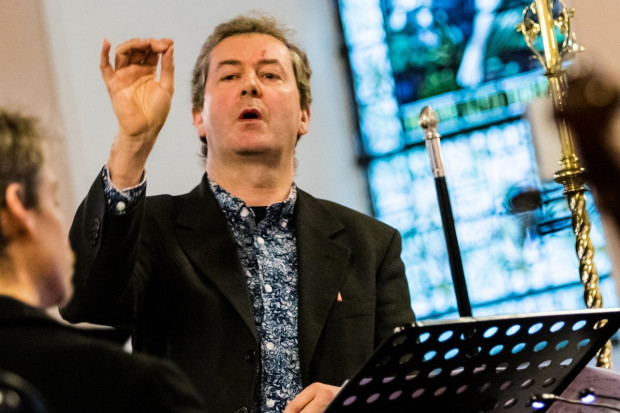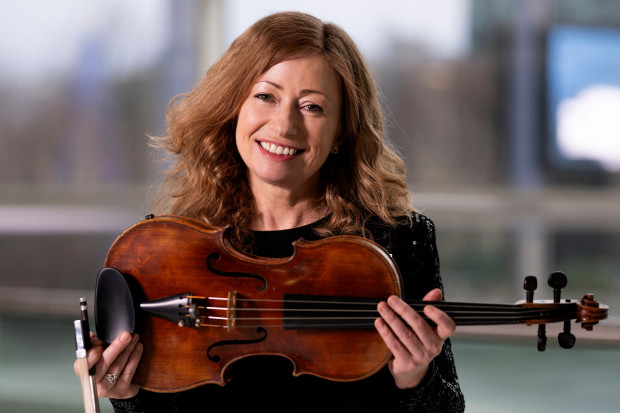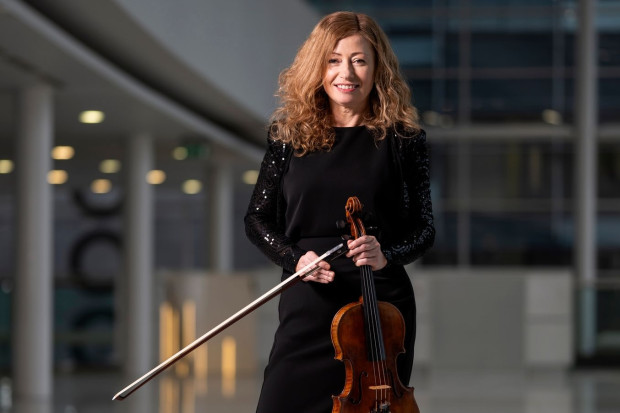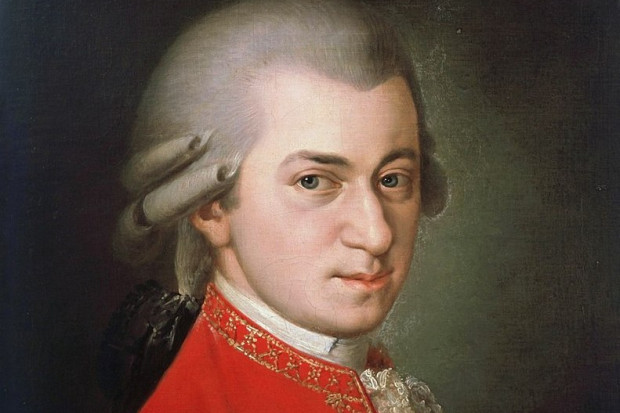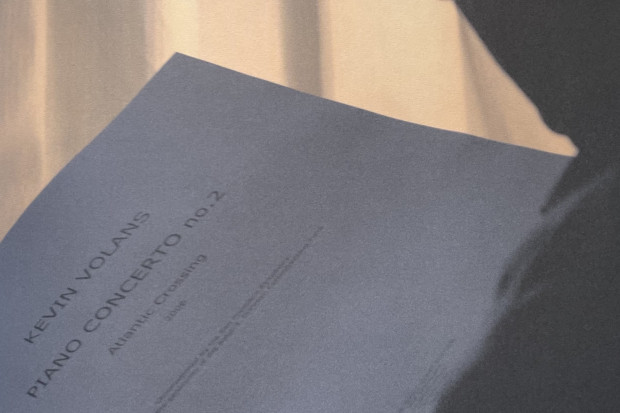
Raymond Deane
Live Reviews: Raymond Deane – Violin Concerto
Raymond Deane: Violin Concerto
RTÉ National Symphony Orchestra
Cond. Gerhard Markson
Soloist Christine Pryn
National Concert Hall, 24 October 2003
Raymond Deane’s Violin Concerto was a piece which, although it exploited some striking confrontations of incompatible materials, was mostly concerned with graduated evolutions of texture. Throughout, and even at the confrontational moments, it led the listener along obligingly.
The opening of the first movement grew very organically from thin textures to massive ones with the soloist, Christine Pryn, stating clearly the first ideas and then becoming enveloped and superseded by the orchestra. This movement very effectively combined folk-like snatches of Schubert (mostly given to the soloist) with well-delineated areas of contrasting vigour and colour, yet in a fairly seamless and effortless way. This was essentially thematically constructed music where melodic ideas (both tonal and atonal, for want of better terms) built up from motif to period and so on to form itself. There was an element of competition between soloist and various groups of the orchestra – percussion in this movement – where the solo part certainly has a struggle on her hands. But that is not to compare it with the sort of dialectic on power that Raymond Deane is known for in his (anti-)concerto for oboe. For instance, each of the movements in this work had a cadenza where the soloist regained any dominance lost in the course of the previous music. Here, in movement one, a big climax towards the end led to a pretty macho cadenza for the violin, and then to a satisfyingly tender and ethereal anticlimax.
The second and fourth movements exploited the device of stubborn confrontation and alternation of materials with little in common, but each handled the possibilities of this procedure differently. In the second movement the two strands began quite clearly separate, but nonetheless moved further apart, since the more energetic strand, played by the orchestra without soloist, became increasingly impetuous while the material associated with the solo part remained aloof and serene. The struggle was between tonal and much more dissonant areas: the nature of its playout struck me as perhaps postmodern, while its resolution, when it came, seemed almost neo-romantic, thanks perhaps to a guest solo spot from the cello partnering the violin at that point.
The third movement was straightforwardly perky in scoring and rhythm: percussion and brass dominated while strings were eschewed. This was handled in an entertaining manner without actually straying from the serious heart (or brain) of the concerto as a whole. What it wanted for, at least from the rear balcony where I was, was more brute force and sheer volume. The big hitters of brass and percussion should have more of this available to them.
The last movement was the most substantial in length, and dealt with some of the issues left hanging in the earlier movements. Thematic elements from the first were combined with gestural qualities of the second. The opposition of two textures already mentioned was very poignantly handled here. The violinist was trapped in a chamber music cocoon with the pianist, while the fully restored force of the orchestra raised some monster swells, carrying the listener, and eventually the soloist herself away from that cocoon. In a little twist the strings and brass then quoted the ‘chamber’ material. A fresh climbing motif led away to a final (and once more, muscular) cadenza. This was another chance for the piano and violin to team up, nicely sprinkled with little surprises from the piano, but the solo part completely trumped this at the very end (after the orchestra rejoined) by ending the whole piece with a completely unexpected cessation of the hitherto logical discourse.
This piece requires from the performers flair and intense commitment, Christine Pryn and the NSO provided all that it needed.
Published on 1 January 2004
John McLachlan is a composer and member of Aosdána. www.johnmclachlan.org










